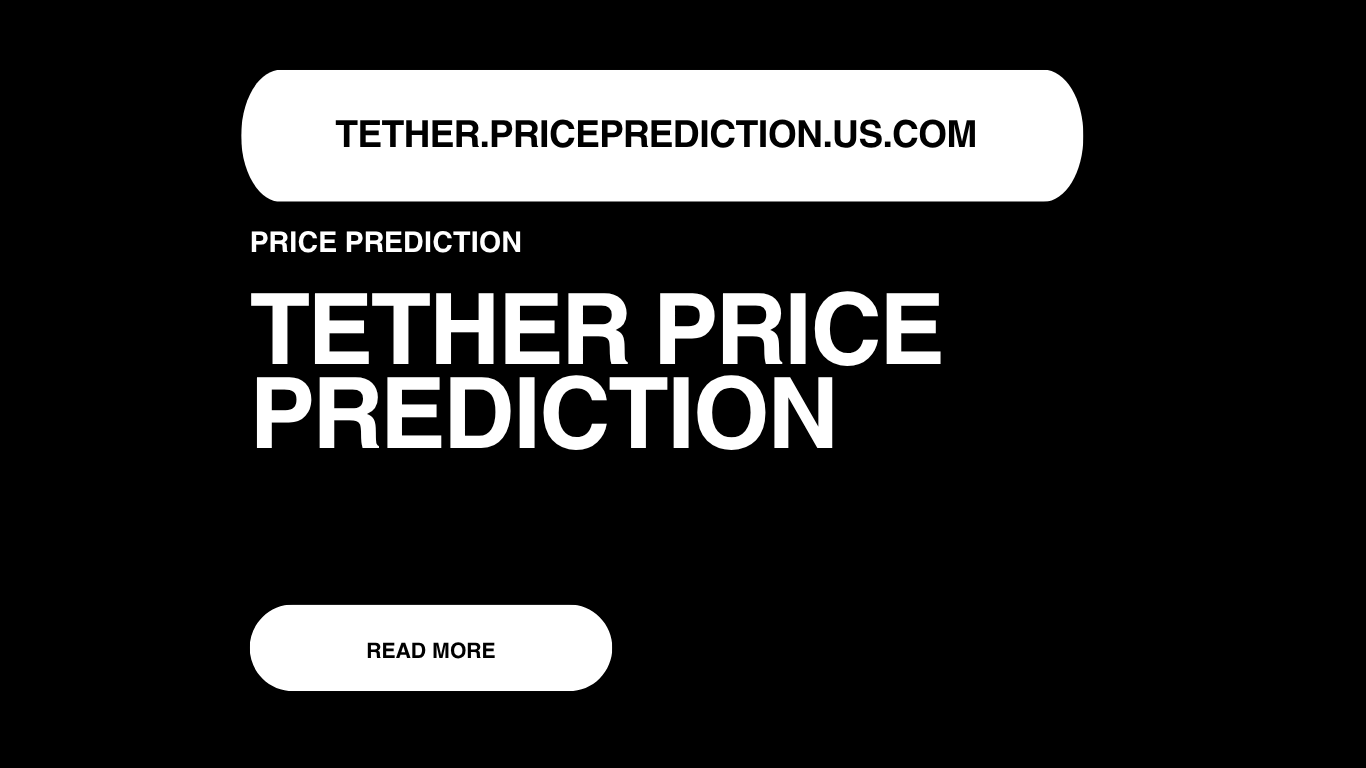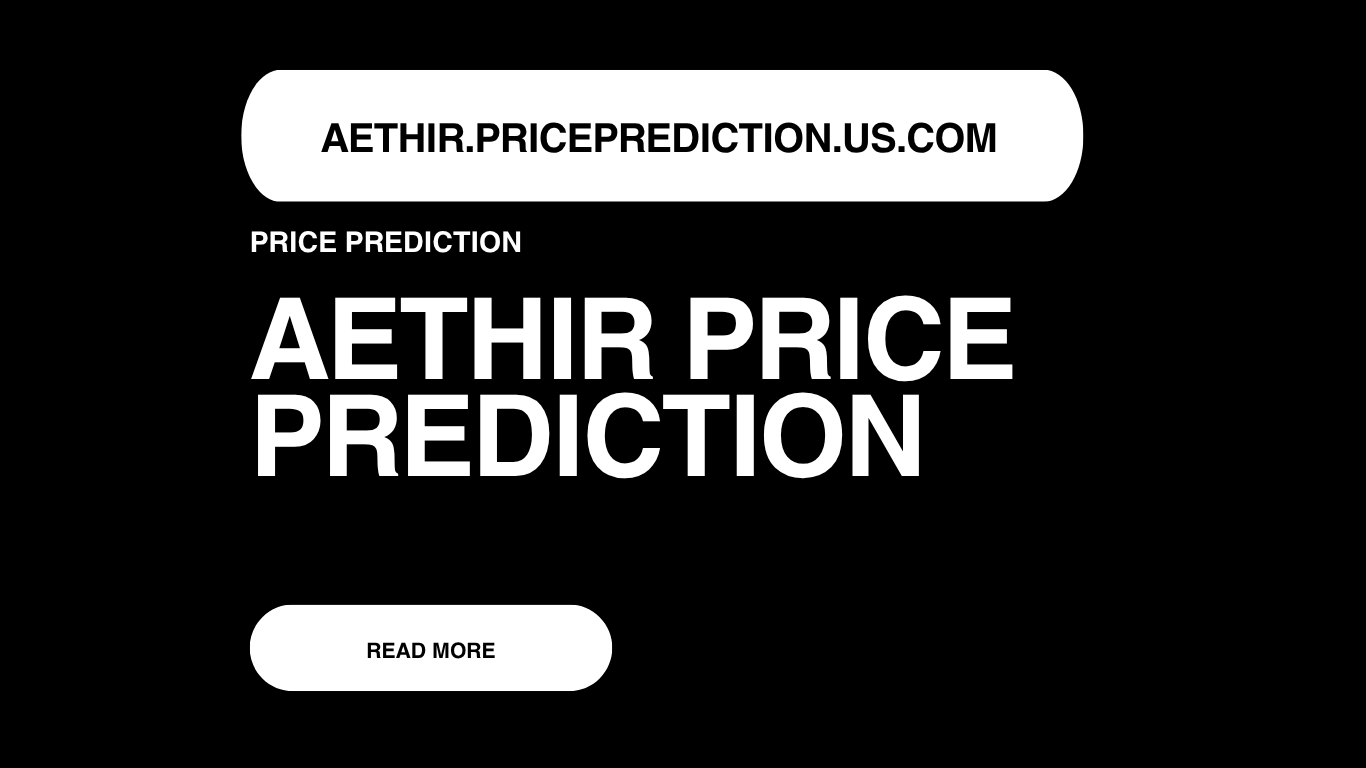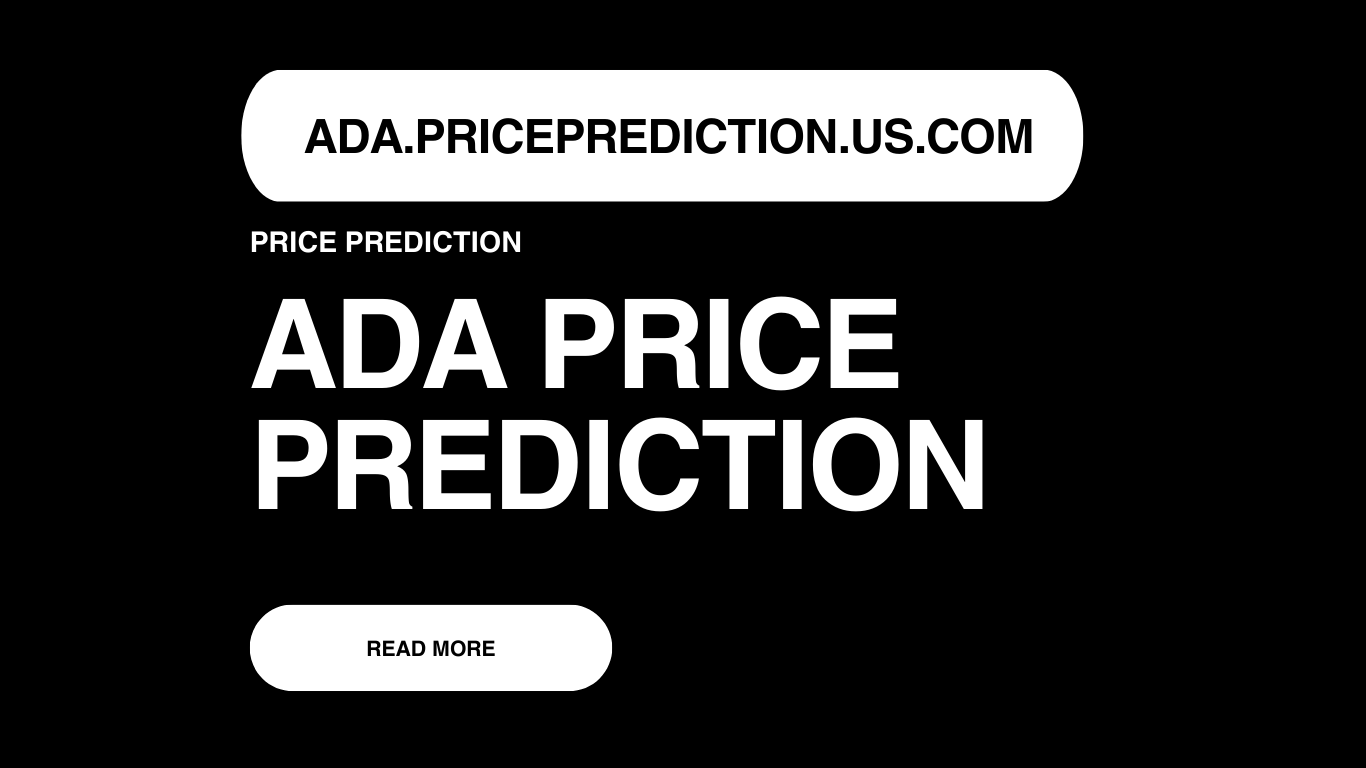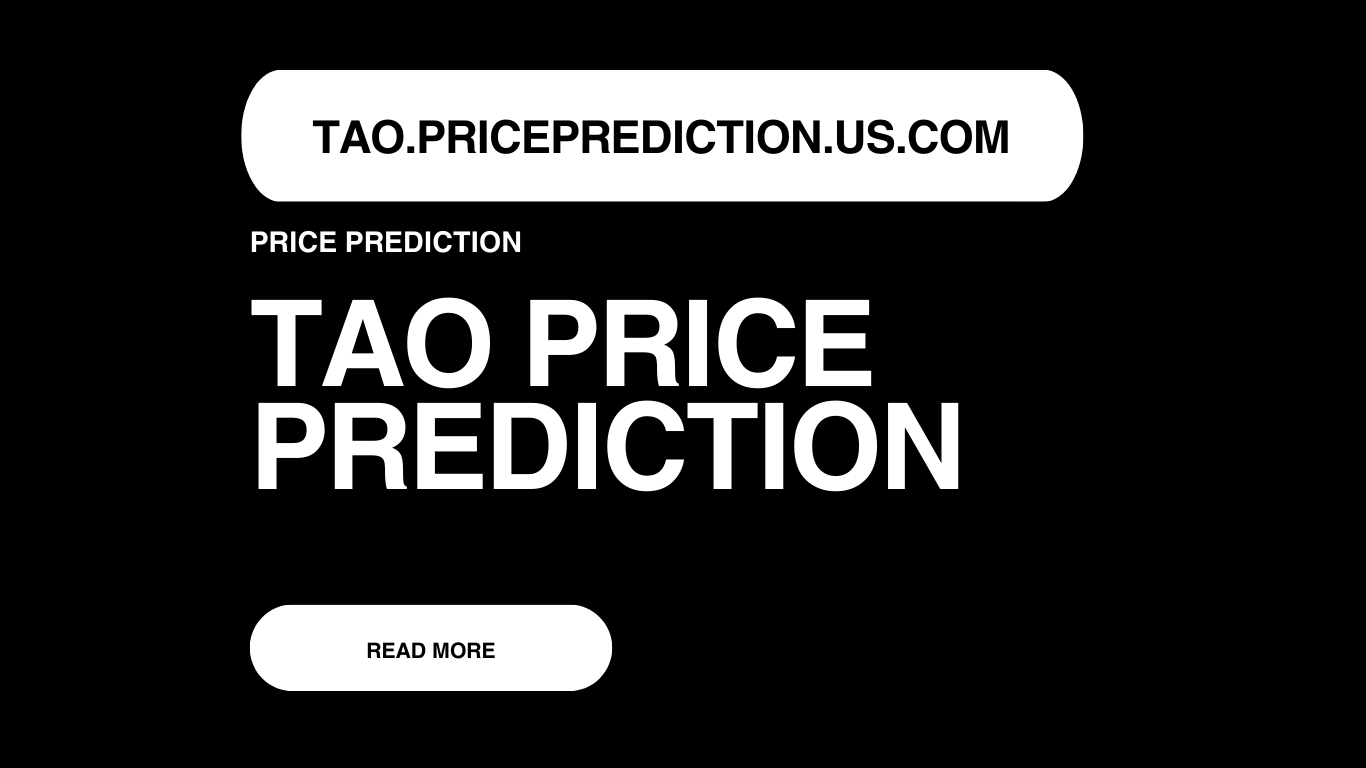Tether (USDT) is the most widely adopted stablecoin in the world, serving as a bridge between fiat currencies and the cryptocurrency economy. Backed 1:1 with USD reserves, USDT plays a vital role in trading, remittances, DeFi protocols, and cross-border settlements. While USDT is designed to maintain price stability, understanding its market behaviour, adoption curve, and evolving role in the digital economy allows us to explore where the token might head in the coming years.
In this article, we examine the Tether price prediction from 2025 to 2040, analysing its role in the evolving financial landscape, its technical fundamentals, and where long-term usage trends may take it.
Current Price
Tether (USDT) currently maintains a price of $1.00, backed by reserves and used extensively across both centralised and decentralised exchanges. Its tight peg to the USD ensures liquidity and stability for traders and institutions alike.
Technical Analysis
Because Tether is a stablecoin, traditional volatility-based technical analysis is limited. However, its price occasionally fluctuates marginally due to liquidity imbalances, arbitrage opportunities, or sudden inflows/outflows.
Currently, USDT maintains high volume, low volatility, and excellent liquidity across global exchanges. Peg deviation events are minimal and often correct quickly. As the adoption of stablecoins increases, the infrastructure behind Tether has become more resilient, with blockchain integrations across Ethereum, Tron, Solana, and other platforms.
Tether Price Prediction 2025
By 2025, Tether is expected to maintain its $1.00 peg. Its dominance in crypto trading pairs may increase as emerging markets and CBDC uncertainty push demand toward USD-pegged digital assets. The regulatory landscape will play a crucial role, but Tether’s presence in both centralised and decentralised finance will likely remain unmatched.
Tether Price Prediction 2026
In 2026, we can expect to see growing institutional use of Tether in cross-border settlements and on-chain treasury management. Despite market volatility, USDT is expected to maintain a price of $1.00. Expansion to new blockchains may further improve transaction speed and reduce fees, strengthening its utility.
Tether Price Prediction 2027
Tether’s resilience may be further tested in 2027 as regulatory scrutiny intensifies, particularly regarding stablecoin reserves. However, continued transparency efforts and audit-based assurances are likely to maintain market trust. The price of USDT is predicted to remain stable at $1.00.
Tether Price Prediction 2028
By 2028, USDT could become even more deeply embedded in Web3 platforms, gaming economies, and the metaverse's financial layers. It may serve as a default unit of account in decentralised applications. Its price is expected to stay fixed at $1.00, reflecting its utility-first design.
Tether Price Prediction 2029
As global finance embraces blockchain settlements, Tether’s on-chain transfer volume could outpace traditional remittance corridors. Its role as a medium of exchange and digital dollar substitute will continue to strengthen, maintaining its price at $1.00.
Tether Price Prediction 2030
With stablecoins potentially integrated into smart city payments and programmable finance, Tether may be a foundational digital asset in global commerce. The token is expected to continue trading at $1.00, provided reserve management and regulatory adaptation stay consistent.
Tether Price Prediction 2035
By 2035, the landscape of global currencies may include a mix of CBDCs, stablecoins, and decentralised assets. Tether could evolve into a regulated, licensed global liquidity protocol. Its value is still likely to remain at $1.00, but its influence over global finance will be dramatically broader.
Tether Price Prediction 2040
In 2040, USDT may serve as a bridge between AI-driven financial systems and human economies. If blockchain becomes the default infrastructure for value transfer, Tether might function as a programmable USD, maintaining its peg at $1.00 while offering dynamic integrations into daily life—from IoT payments to automated payroll.
About Tether
Tether is a blockchain-based stablecoin whose value is backed by traditional fiat currencies, such as the US Dollar. It operates on multiple chains, including Ethereum, Tron, Solana, Avalanche, and more. Tether is designed to maintain a 1:1 peg with the USD, offering a reliable, fast, and widely accepted digital currency that mirrors the stability of fiat.
It is widely used for trading, remittances, yield farming, and liquidity provision across the crypto ecosystem.
FAQ
What is Tether (USDT) used for?
Tether is used for stable trading pairs, transferring value across borders, providing liquidity in decentralised finance (DeFi), and hedging against cryptocurrency volatility.
Can Tether (USDT) go above $1?
Tether occasionally rises slightly above $1 due to supply-demand mismatches but is quickly corrected through arbitrage.
Is USDT a safe investment?
While not designed for price appreciation, USDT offers stability and utility. Its safety depends on reserve management and regulatory compliance.
Bullish and Bearish Price Prediction Patterns
Bullish Indicators:
- Increasing institutional adoption
- Expanding multi-chain integrations
- Strong utility in DeFi and payments
- Consistent demand from traders and remittance users
Bearish Risks:
- Regulatory crackdowns or licensing delays
- Questions about reserve transparency
- Competition from CBDCs and other stablecoins
- Blacklisting concerns or centralised control perception
Future Trends
Stablecoins like Tether are likely to define the future of money. As the line between fiat and digital finance blurs, Tether could be a foundational asset for programmable payments, smart contracts, and digital commerce. Its strength lies in its simplicity: mirror the dollar, stay liquid, and remain universally accepted.
Whether governments launch their own CBDCs or continue collaborating with stablecoin providers, USDT has proven its place in the global economy. Future innovations may turn Tether into a programmable tool embedded across physical and digital life.
Tokenomics
- Token Name: Tether
- Ticker: USDT
- Total Supply: Varies based on issuance (currently over 170 Billion)
- Circulating Supply: Matches total supply as all tokens are backed, but currently 170 Billion
- Peg: 1 USDT = 1 USD
- Utility: Stable trading pair, store of value, DeFi liquidity, global transfers
- Reserve Mechanism: Fully backed by fiat-equivalent assets, including cash, T-bills, and secured loans
- Networks Supported: Ethereum (ERC-20), Tron (TRC-20), Solana, Polygon, Avalanche, Algorand, and others
- Minting Model: Issued upon deposit and redeemed upon burn by authorised entities
Roadmap
- 2025: Integration with new blockchain ecosystems to reduce transfer costs and increase global accessibility.
- 2026: Expansion into real-world payments and commerce, including partnerships with fintech apps and Web3 payment rails.
- 2027: Implementation of real-time reserve audit systems and enhanced regulatory compliance globally.
- 2028: Launch of programmable Tether features for automated settlements, lending, and payroll.
- 2029: Expansion into retail infrastructure for cross-border shopping, microtransactions, and e-commerce solutions.
- 2030: Cooperation with governments and central banks to create hybrid stablecoin-CBDC solutions.
- 2035+: Full-scale integration into autonomous financial systems, including AI and IoT applications.









